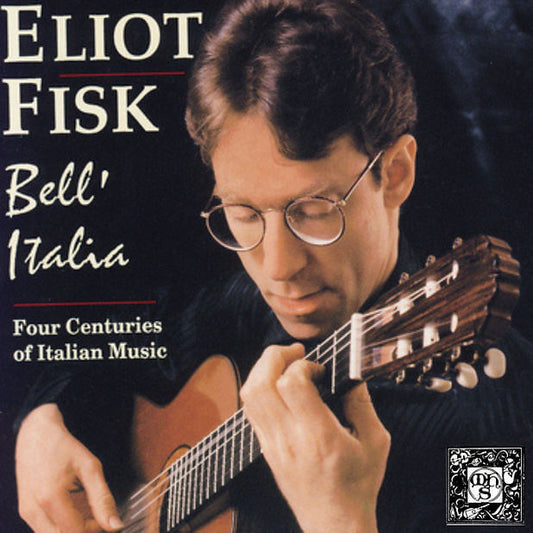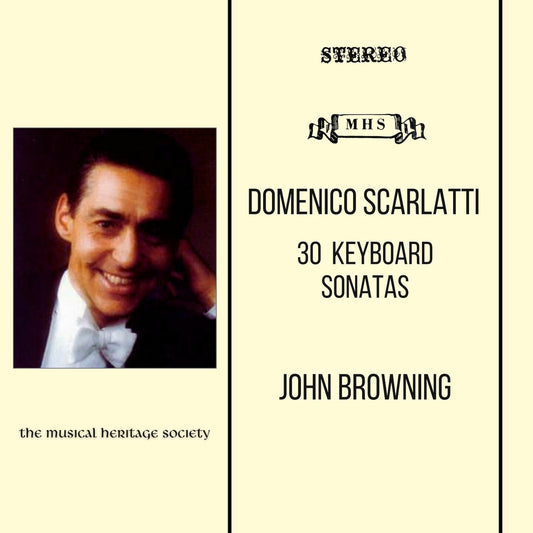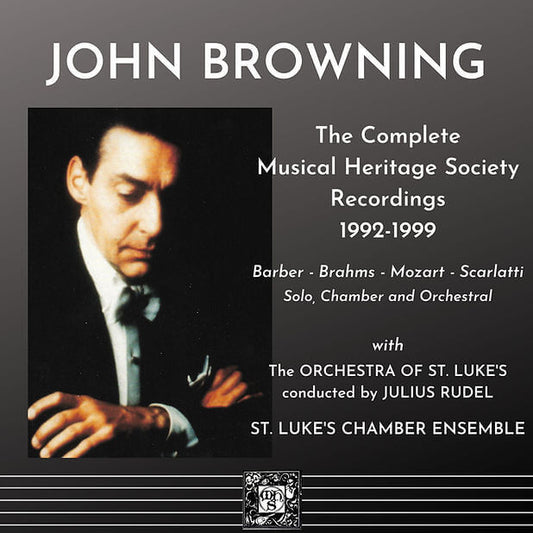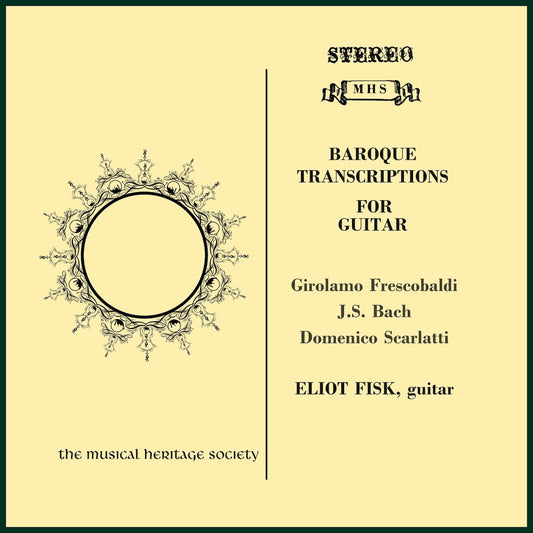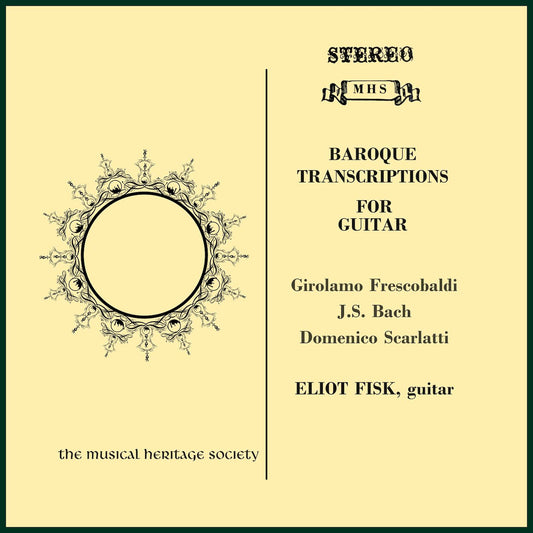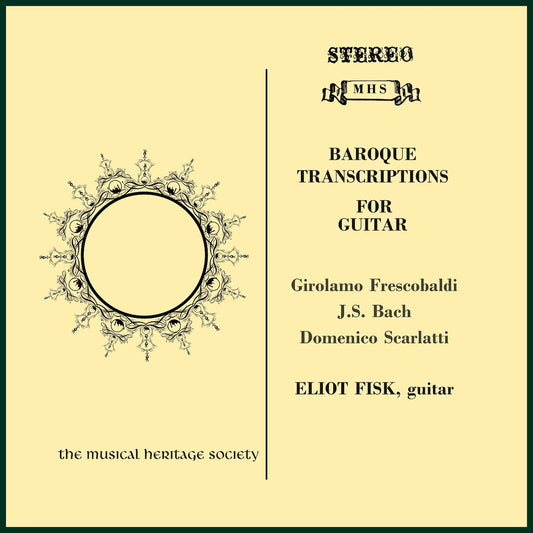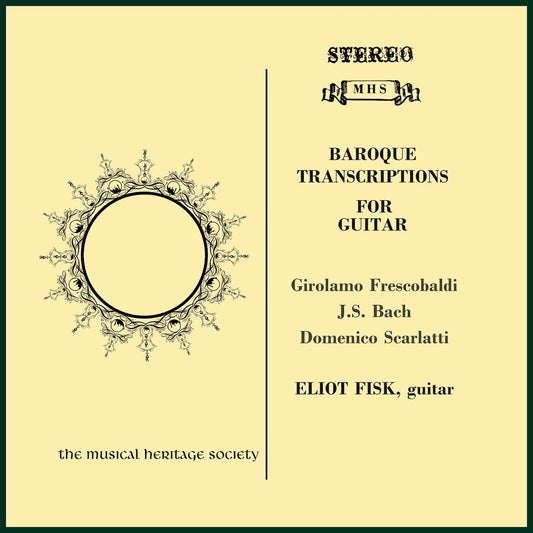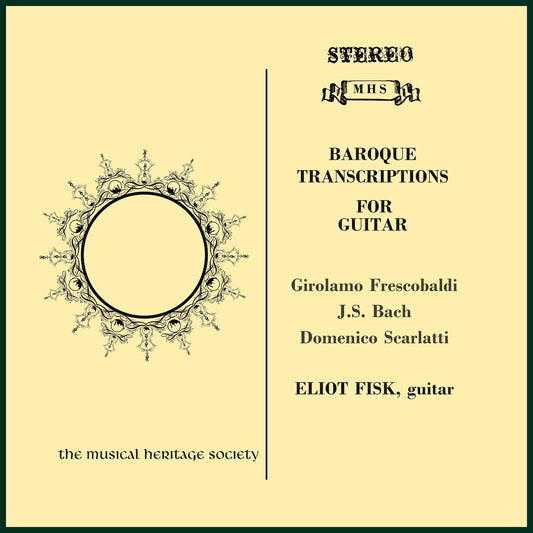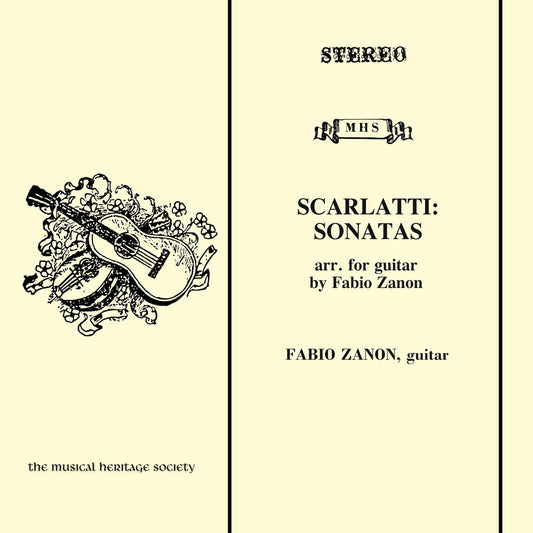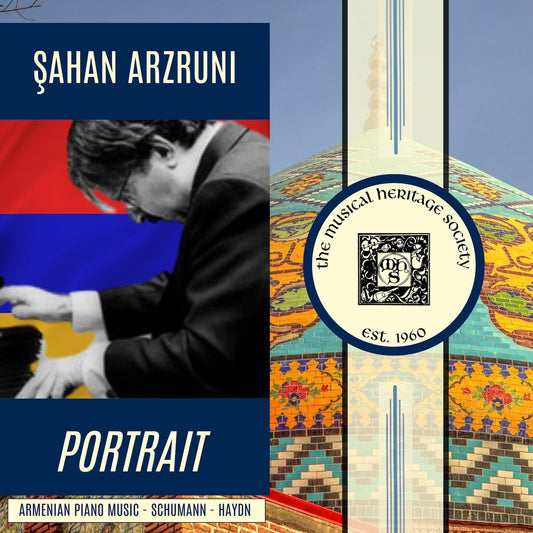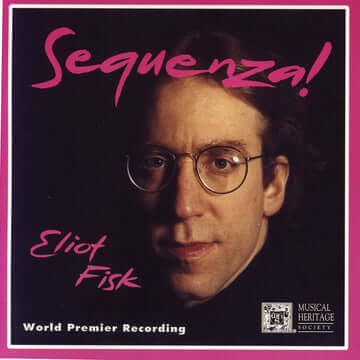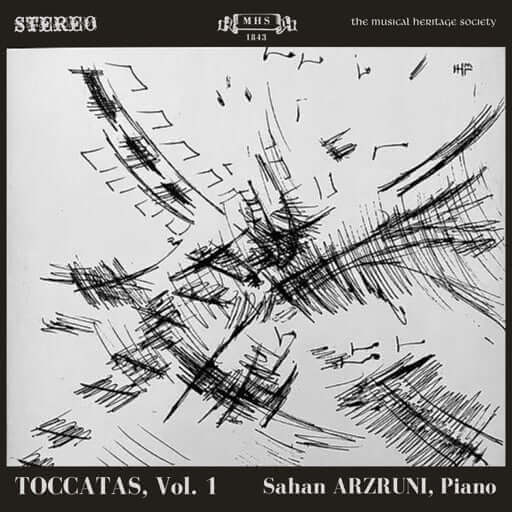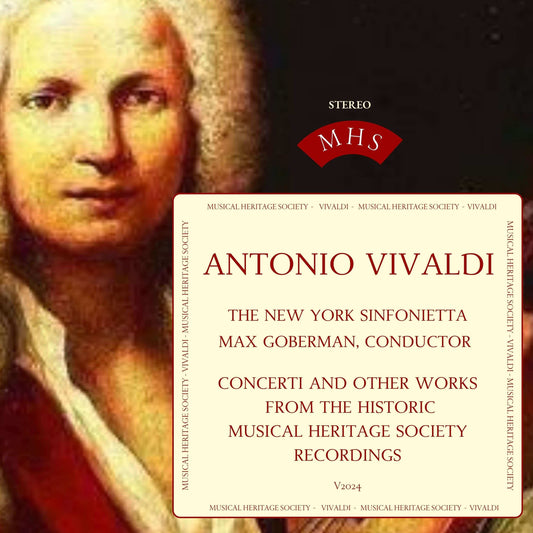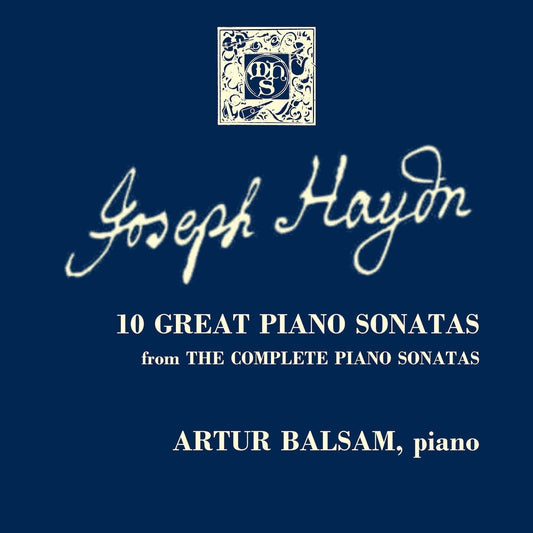Collection: DOMENICO SCARLATTI (1685–1757)
Scarlatti’s musical journey began at a young age, studying under his father and other prominent musicians such as Gaetano Greco, Francesco Gasparini, and Bernardo Pasquini. By the age of 15, he secured a position as an organist at the Royal Chapel in Naples, showcasing his exceptional skills. In 1703, he composed his first operas, L’Ottavia restituita al trono and Il Giustino, which were performed in Naples.
In 1705, Scarlatti traveled to Venice, where he continued to refine his craft and possibly encountered George Frideric Handel. A legendary anecdote recounts a musical duel between the two composers, with Scarlatti being deemed superior on the harpsichord. This period marked the beginning of his reputation as a virtuoso keyboardist.
Scarlatti’s career took him to Rome in 1709, where he served as the maestro di cappella for the exiled Polish queen Maria Casimira. During his time in Rome, he composed operas and sacred music, including the notable Stabat Mater. In 1719, he moved to London to direct his opera Narciso at the King’s Theatre, further establishing his international reputation.
A pivotal chapter in Scarlatti’s life began in 1720 when he traveled to Lisbon, Portugal, to serve as the music teacher to Princess Maria Barbara. His relationship with the princess proved transformative; when she became Queen of Spain in 1729, Scarlatti followed her to Madrid. There, he spent the remainder of his life in royal service, composing the majority of his celebrated keyboard sonatas.
Scarlatti’s keyboard sonatas, numbering 555, are his most enduring legacy. These works, primarily composed for the harpsichord, are characterized by their innovative use of harmony, rhythm, and virtuosity. Scarlatti’s sonatas expanded the technical possibilities of the keyboard, incorporating elements of Spanish folk music and dance. His compositions influenced subsequent generations of composers, bridging the Baroque and Classical eras.
Despite his prolific output, Scarlatti’s works were not widely published during his lifetime, limiting his recognition outside royal circles. However, his sonatas gained posthumous acclaim, solidifying his status as a master of keyboard music.
Scarlatti’s personal life was marked by two marriages, first to Maria Caterina Gentili in 1728 and later to Anastasia Maxarti Ximenes, a Spaniard. He had five children and remained devoted to his family throughout his life.
Domenico Scarlatti passed away on July 23, 1757, in Madrid, Spain, at the age of 71. His contributions to music continue to be celebrated, with his keyboard sonatas regarded as masterpieces of the Baroque era. Scarlatti’s innovative spirit and technical brilliance have left an indelible mark on the history of Western music.

